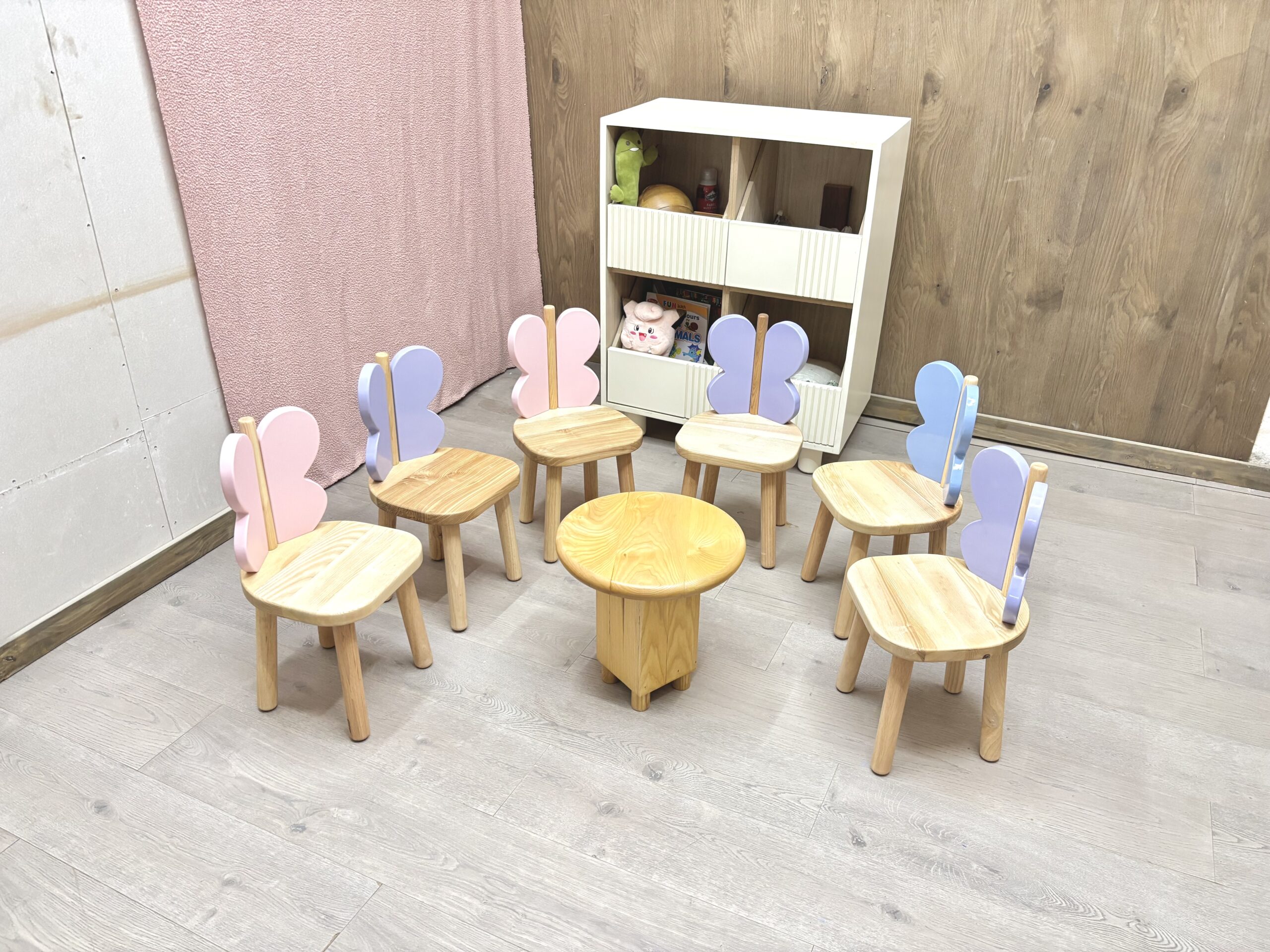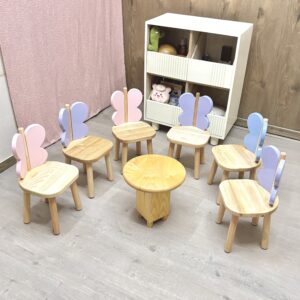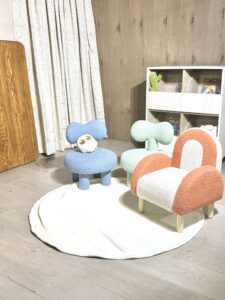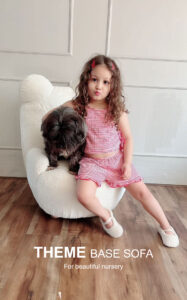Choosing the Best Preschool Chairs: A Comprehensive Guide
Preschool chairs are an essential part of any early learning environment. They provide comfort and support for young children during activities like learning, playing, and socializing. Selecting the right chairs is crucial to creating a functional and engaging space for preschoolers. Here’s a guide to help you choose the best preschool chairs for your classroom or home.

Why Are Preschool Chairs Important?
Preschool chairs are designed to accommodate the unique needs of young children. They promote proper posture, safety, and ease of use while being durable enough to handle daily wear and tear. The right chairs also encourage participation and focus during activities, fostering a productive learning environment.
Key Features to Consider
1. Size and Height
- Chairs should match the height and size of preschoolers (generally 8–12 inches from the seat to the floor).
- Ensure children’s feet can touch the ground and their knees are at a 90-degree angle when seated.
2. Material and Durability
- Plastic: Lightweight, colorful, and easy to clean, making it perfect for young children.
- Wood: Offers a sturdy and classic look but requires more maintenance.
- Metal: Provides durability for heavy use but should include rounded edges for safety.
3. Safety Features
- Chairs should have rounded edges to prevent injuries.
- Ensure stability to avoid tipping over during use.
4. Comfort and Ergonomics
- Look for chairs with contoured seats and backrests that support natural posture.
- Lightweight designs make it easy for children to move chairs themselves.
5. Aesthetic and Design
- Bright, cheerful colors can make the learning environment more inviting.
- Consider themed designs or matching chairs with the classroom’s decor.
Benefits of the Right Preschool Chairs
- Encourages Focus: Comfortable seating helps kids stay attentive during activities.
- Improves Posture: Ergonomically designed chairs support growing bodies.
- Enhances Safety: Age-appropriate designs reduce the risk of accidents.
- Promotes Independence: Lightweight chairs empower kids to arrange their own seating.
Types of Preschool Chairs
1. Stackable Chairs
- Space-saving and easy to store when not in use.
2. Adjustable Chairs
- Ideal for mixed-age classrooms, as they can be adapted to different heights.
3. Floor Chairs
- Great for activities like storytime or crafts, allowing children to sit closer to the ground.
4. Multi-Functional Chairs
- Chairs that double as storage or can be flipped into small tables provide added versatility.
Maintenance Tips
- Clean chairs regularly with kid-safe disinfectants.
- Inspect for cracks, loose screws, or other damage that may affect safety.
- Choose materials resistant to stains and scratches for long-term use.
Conclusion
Preschool chairs are more than just seating—they’re an essential tool for fostering comfort, safety, and learning in young children. By considering factors like size, material, and ergonomics, you can create an inviting and functional space that supports their growth and development. Invest in quality preschool chairs to make learning and playtime a delightful experience for every child!







